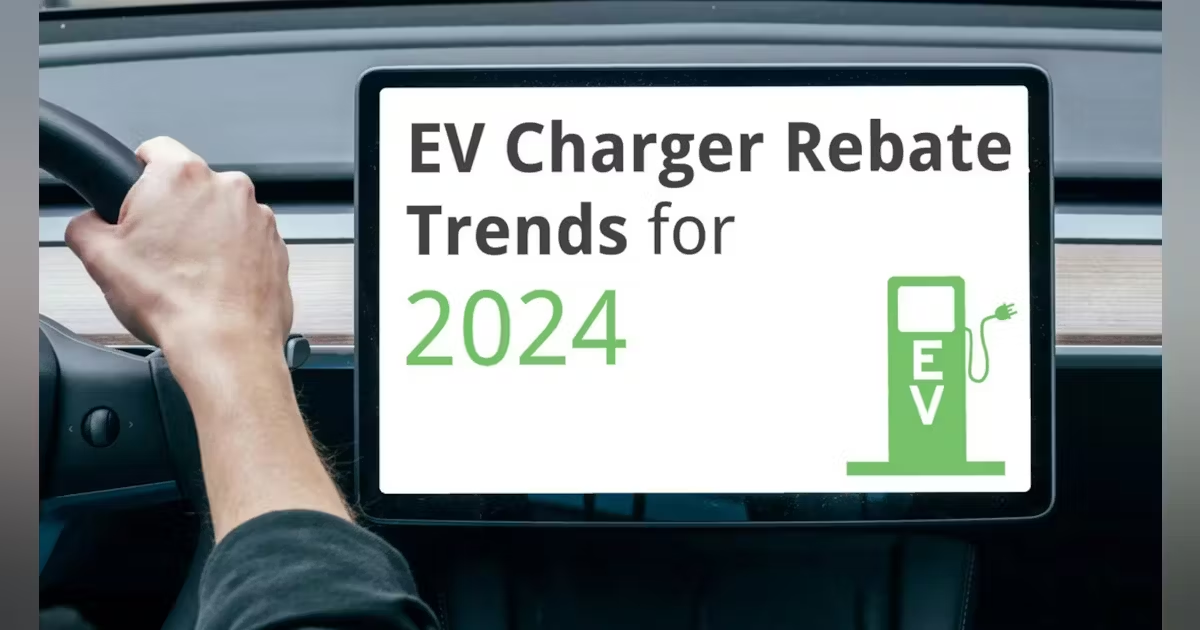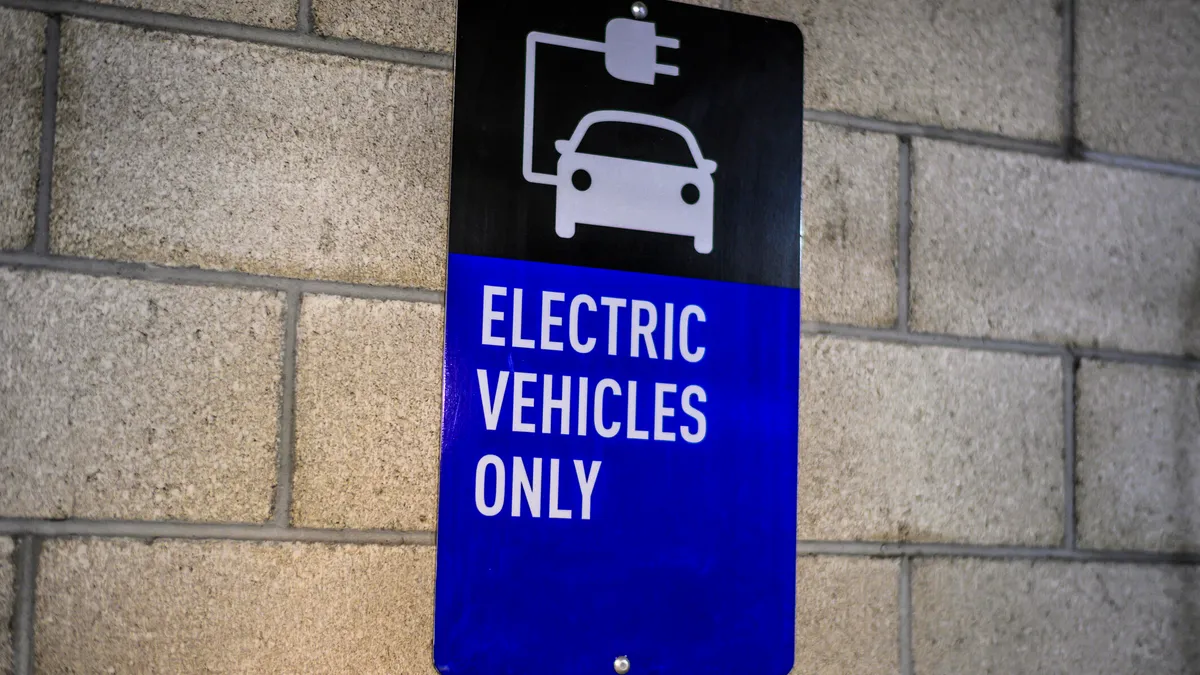EV Sales Facing Softening Trend: States Offer Incentives to Boost Electric Vehicle Adoption
Incentives Propel EV Sales Amid Softening Trend: Washington Leads with $45 Million Rebate Program
As electric vehicle EV sales face a softening trend the crucial lifeline preventing their collapse appears to be incentives, according to the published article of Climate Crisis 247. While the federal program offers up to $7,500 in tax credits for EV sales it may not be sufficient to reignite consumer interest if current sales trends persist. Recognizing this several states including Washington, have stepped up to offer their own incentives. Washington recently unveiled a $45 million rebate EV sales aimed at complementing federal incentives and alleviating the financial barrier for consumers considering the switch to electric vehicles.
One significant factor propelling interest in EV sales in Washington is the state’s consistently high gas prices ranking behind only California and Hawaii. With an average price of $4.67 per gallon of regular gas Washington residents are increasingly seeking alternatives making EV sales all the more appealing. Moreover, other states like California, Colorado and Massachusetts have also implemented rebate EV sales potentially reaching millions of drivers and further bolstering the EV market. While these incentives won’t address all challenges facing EV adoption such as charging infrastructure and range anxiety they serve as critical catalysts for recovery in the EV sector. Without them the road to widespread adoption may be longer and more challenging. As states like Washington and others continue to roll out incentives they play a vital role in accelerating the transition to cleaner transportation options and reducing dependence on traditional fossil fuels.
READ ALSO: Medicaid Unwinding Big Health Plans Thrive Amid Membership Losses

State-Level Incentives Propel EV Sales: Mitigating Barriers to Adoption
Furthermore, these state-level incentives represent a proactive approach to addressing the barriers hindering EV adoption. While concerns about charging times, range and high initial EV prices persist the availability of rebates and financial incentives helps to mitigate these challenges. By combining federal and state-level incentives, consumers are more likely to overcome the “sticker shock” associated with EV purchases making them a more viable and attractive option for everyday drivers. The combination of federal and state-level incentives further enhances the appeal of EVs by offsetting the perceived “sticker shock” that often accompanies the purchase of these vehicles. This concerted effort not only makes EVs more financially viable but also enhances their attractiveness to a broader segment of the population. As a result, consumers are more inclined to consider EVs as a practical and sustainable alternative to traditional gasoline-powered vehicles.
READ ALSO: $4,873 Monthly Benefit? and Maximize Your Retirement Income
